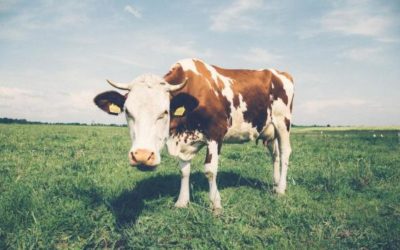Consumers have expressed concern in recent weeks over the perceived changes in butter consistency.
Canadian Dairy Farmers have listened closely to said complaints, most of which claim the use of animal feed supplements containing palm by-products are at fault for the difference in texture.
The Dairy Farmers of Canada pointed out that “there are many different factors that can have subtle impacts on the taste, texture and the melting point of butter, including differences in a cow’s diet from one region to another or from one season to the next. Exact cow feed rations are determined at the farm level in consultation with animal nutrition experts and may impact the complexity of butter in various ways.”
Experts in the industry along with academics will soon assemble to review the use of palm oil and its derivatives to boost cows’ diets, while Canada’s Dairy Processors Association told Real Agriculture there have been no changes to butter production itself nor national ingredient regulations.
The Chief Operations Officer at Lactanet (the Canadian network for dairy excellence) and an expert in cow nutrition and milk composition, Daniel Lefebvre, explains:
“The naturally dominant type of saturated fat in butter is called ‘palmitic acid.’ It is normal for the proportion of palmitic acid to fluctuate within an expected range as a result of seasonal and regional variations in a cow’s diet. This fluctuation can influence the properties of the milk fat, which can affect the temperature at which butter will melt. Our data from routine analyses of the fatty acid profile in milk do not indicate any increase in the proportion of palmitic acid in the past year beyond what would normally be expected.”
Little research has been done on the true impact of palm oil in dairy, but agricultural experts say butter made from cows fed with palm oil has a higher melting point and, therefore, may be harder to spread at room temperature.
Adding palm oil-based energy supplements to cow feed is a decades-old practice said to increase the milk output of cows and increase the milk’s fat content, according to the BBC.
In recent statements, the Dairy Farmers of Canada said industry data suggests that the proportion of palmitic acid in milk fat has been within the range of expected variations over the past year.
“Notwithstanding this announcement, we stress that all milk produced in Canada is as safe as always to consume and is subject to Canada’s robust health and safety standards.”
The group notes that the use of palm fat in dairy feed has been approved by Health Canada, and the common practice doesn’t raise health or safety concerns. The Dairy Farmers of Canada continue to meet and exceed standards around the world for dairy products.










